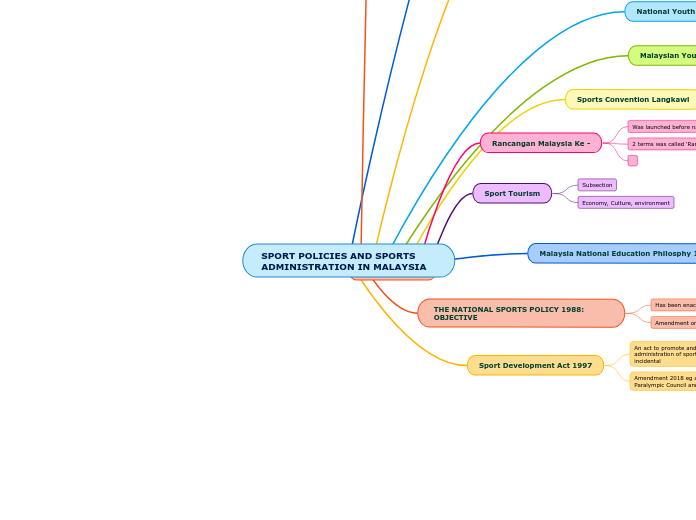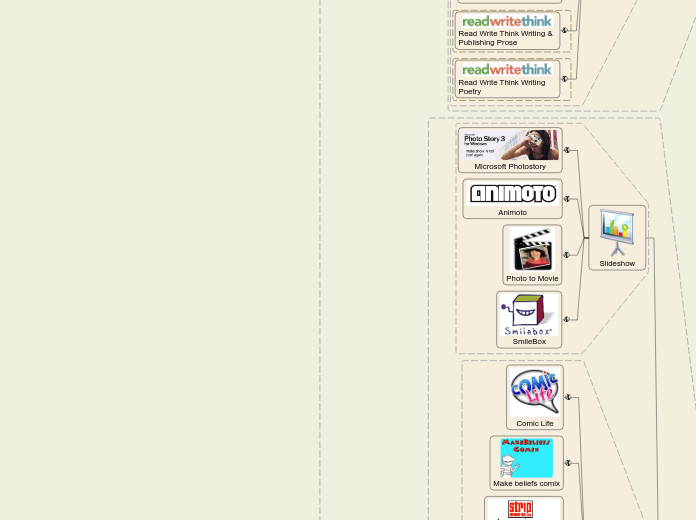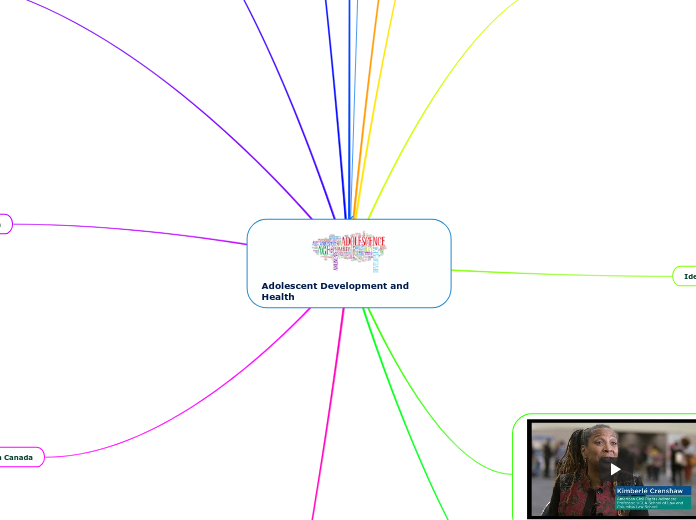A History of Multiculturalism in American Music Education
Korean Folk song in American Music Education
Ahrirang arranged by Brad Prinz
Ahrirang sung by Korean Traditional Singers
Ahrirang
Ahrirang, Ahrirang, Ahrariyo
Crossing over Ahrirang Hill.
Dear who abandoned me
Shall not walk even ten thousand feet before his/her feet hurt.
Ahrirang
Ahrirang, Ahrirang, Ahrariyo
Happiness awaits you on Ahrirang Hill
Onward, onward we walk to our destiny
Onward we walk up to Ahrirang Hill
Only few Korean folk songs were involved in American general music curriculum (less than 10%)
- Ahrirang
- Doraji (Bluebells), Folk Songs of Korea by Mary C. Kimm Joh
- Pal Guen Dal Ah (Bright Moon) Let's Sing Korean Folk Songs Together by Mary C. Kimm Joh
- Parangsai (Bluebird) Folk Songs of China, Japan, and Korea by Betty Warner Dietz & Thomas Choonbai Park
African American Music in American Music Education
Features
Rhythmic ideas both directly and indirectly through African, African American, and Afro-Caribbean styles
Call & Response
http://www.youtube.com/watch?v=tvQyfr31ams
Oral Tradition
http://www.youtube.com/watch?v=jByWbxIg7OI
Slave work songs & spirituals were used to communicate in code, coordinate arduous labour, and convey hope for a better afterlife.
Our songs are our history. If we do not have our songs, we do
not know where we are or where we have been. We don't
know how to remember what has happened to us. (Sicangu
elder, 1996) [Lundquist/Sims, 1996]
Today: Tapping in to African American music...
-Offers all students exposures to new genres
-Allows African American students a respite/reconnect from potential culture loss
-Excellence in music can transfer in to other areas, breaking down old societal norms
Timeline
1973: MENC creates the Minority Concerns Comission
1972: MENC creates the National Black Music Caucus
1854: Rev. Hanks, or Wilmington, NC, starts a black singing school in a mixed race church
1783: Newport Gardner studies music in Providence, RI, then sets up a singing school in Newport
1746: "Frank the Negro" leads an NYC singing school of over 40 students
1674: Cotton Mather organizes a singing school, The Society of Negroes
Asian Music in American Music Education
Today - multicultural material resources readily available in music education
Re-appraisal of the concept of music education
-> include Eastern music into school curricula
Philippine Women's University
- Substantial collection of Asian instuments and recordings
- Increased appreciation for Asian music
'The Musics of Asia' - International Music Symposium held in Manila, April 12-16, 1966
Western Music based curriculum
General Overview
Today:
-Most effective programs tap in to musical traditions important to the students
-Teachers have authentic knowledge and experience
-A+B=C
FUN TIME SURPRISE!
Late 20th Century:
-1990: Washington, DC Symposium
-MENC, Smithsonian Institute, & Society for Ethnomusicology
-Multicultural approaches to music education
-Learned and taught African American, Chinese, Afro-Caribbean, Mexican, and Native American musics
Mid-20th Century:
-1950s/60s: Emergence of African and Asian music
-Contemporary styles (jazz/ethnic) added as a response to what kids are listening to
1969: GO Project:
-MENC broad goal
-Goals of Profession
1967: Tanglewood Declaration:
"Music of all periods, styles, forms, and cultures belongs in the curriculum. The musical repertory should be expanded to involve music of our time in its rich variety, including
currently popular teenage music and avant-garde music, American folk music, and the music of other cultures."
1967: MENC Convention/ Tanglewood Symposium
1954: Brown vs. Board of Education
Early 20th Century:
-1920s: Music textbooks include songs of many European countries
-1930s: Begin to see African American, Eastern European, North African and Native American music in texts
-1940s: Inclusion of Latin American folk music as a way to unify North and South America









